-
Your shopping cart is empty!
1
Ancient coins are quite common, but some coins are much more rare. The more rare a particular coin, the more collectible it becomes and often this has a signficant effect on the price. Therefore, numismatists often assign rarity ratings to particular coins.
Rarity ratings for ancient coins in sales catalogues, including the RareAncientCoins shop, are based on a variety of factors:
- Published rarity ratings (when available).
- Number of examples in published collections and other numismatic references.
- Number of examples in certain hoards.
- Number of examples sold in past auctions.
- Number of examples currently on the ancient coin market.
- Number of examples found on the Internet.
- Number of examples previously handled by the cataloguer or dealer.
- Knowledge and experience of the cataloguer or dealer.
The exact degree of rarity of ancient coins is rarely certain. Also, the rarity of a type can change if a new hoard is discovered. Thus, coins that were once listed as rare in old references can become only scarce, and coins that were once scarce can become common. Furthermore, a cataloguer may believe a coin is rarer than a published rarity rating or the number of examples in collections. You should note that highly desirable coins are found in disproportionately high numbers in publications and collections because they were sought with greater effort than other coins. Such coins may actually be quite scarce or rare. Also, the cataloguer may know or think a published rarity rating is in error. Sometimes this happens when a published collection has many examples, but the actual number of coins available on the market is quite limited.
Another rarity consideration is how narrowly the type or variant is defined. A rarity rating might apply to the general type or to a narrowly defined variety. A particular coin of a short reigning emperor may be listed as common, but overall the coins of that emperor are much rarer than those of Constantine, for example, who issued millions of coins. Yet, many Constantine variants are identified as rare or even extremely rare. Rarity might even refer to a specific mint workshop (officina). The same issue applies to Greek coins. Further, the coins of a city in general might be common, but even in a city that issued many coins, the coins of a specific magistrate, or a certain monogram or control mark, might be rare or even unpublished. Rarity is sometimes based on an obscure magistrate, officina or control mark because collectors are interested in obtaining all of the variants of the type.
The specific rarity of a particular coin may involve the followng factors:
- A rare city/mint that existed or issued coins only for a brief period of time, or in limited amounts.
- A rare emperor, king or ruler that reigned or lived for a short time, or issued very few coins.
- A rare type (depiction) or issue (such as for a particular event like a festival or games).
- A rare denomination, size or weight (including weight standard) within a particular coin issue.
- A rare magistrate or workshop that is only known from a handful of examples, or perhaps unpublished.
- A rare symbol or control mark used as a subsidiary device on a coin.
- A rare inscription on a coin.
- The position of letters or devices on a coin, or even the facing (right/left) of a person/animal.
- The uniqueness of a coin, when no other published specimens exist.
For Roman coins, there are various RIC Rarity Ratings and ERIC Rarity Tables. For Greek coins, various publications have attempted to identify rarity, such as CNG's Handbook of Greek Coinage. Suffice it to say, they are often outdated or plain wrong. The best source for rarity is a knowledgeable and experienced dealer or collector, who has handled and studied coins over many years.
Various designations of rarity are widely used around the world. They can be based on a numbering system, such as C (common), S (scarce), R1 (rare), R2 (very rare), R3 (extremely rare) and R4 (unique). Most often, dealers just use "scarce," "rare," "very rare," "extremely rare," and "unique" or "unpublished" to classify a particular coin's rarity. Some dealers assign a number of coins in existence to a particular designation - for example, rare = <100 coins known. But this is often misleading and depends on what sources are being checked (i.e. only published collections vs. coins from past auctions/sales vs. coins now available online).
We, at Rare Ancient Coins, use our best professional judgment to determine the particular rarity of any given coin. This is based on over 30 years of numismatic experience, having examined more than 100,000 ancient coins and artifacts. We also thoroughly research (a) the published collections and numismatic references, (b) the coins previously sold at auctions/sales, and (c) the coins now available on the market and online. The combination of experience and research yields a more accurate picture of current rarity than simply relying on one source, which could be outdated or mistaken. For a list of numismatic resources (including search engines), please look at our Resources page and our Library of Numismatic References.
The impact of rarity on the price of a coin is mostly dependent on demand. A rare variant may not cost much more than a common variant, if collector demand is low. On the other hand, if there are many collectors interested in the particular coin series, a rare variant or type might be much more expensive. The greatest impact of rarity on price applies when the specific rarity is necessary to complete a highly collected series. But even this may not always be true. Take a look at the following coins.
Rare City / Mint
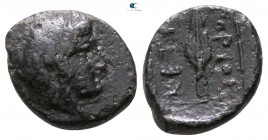 Fairly worn bronze of a rare city (Bisanthe).
Fairly worn bronze of a rare city (Bisanthe).
Numismanitk Naumann Auc. 46 (9/2016), lot 49 - sold for EUR 350 + commission.
Picture courtesy of Numismatik Naumann GmbH
Rare Ruler
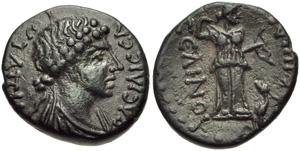 Iotape, a rare Queen of Commagene.
Iotape, a rare Queen of Commagene.
CNG Coin Shop (#862396) - sold for $975.
Picture courtesy of CNG
Rare Person
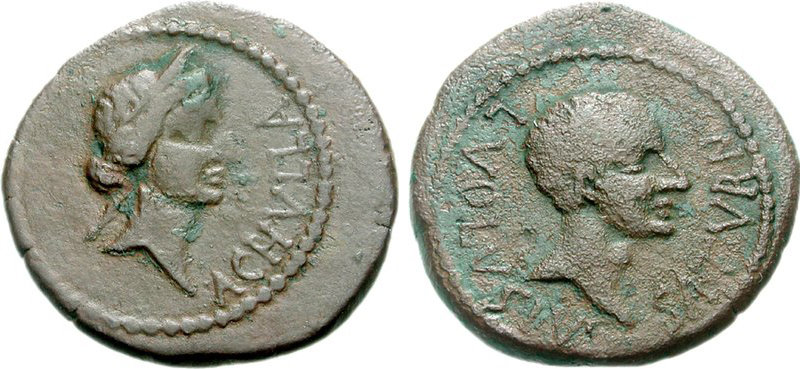 Proconsul Volusius Saturninus.
Proconsul Volusius Saturninus.
CNG 78 (5/2008), lot 1544 - sold for $5,100 + commission.
Picture courtesy of CNG
Rare Denomination and Magistrate
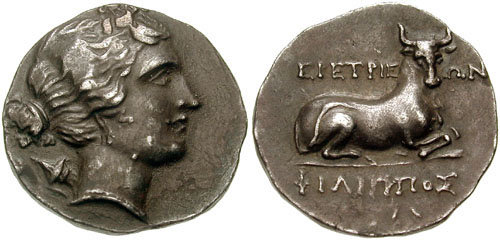
Euboea, Eretria. ca 180-146 BC. AR Oktobol (20mm, 5.49g). Philippos, magistrate. Rare denomination; second and finest specimen recorded with this magistrate.
CNG Coin Shop # 734257 - sold for $3,500.
Picture courtesy of CNG
Rare Symbol (common coin)
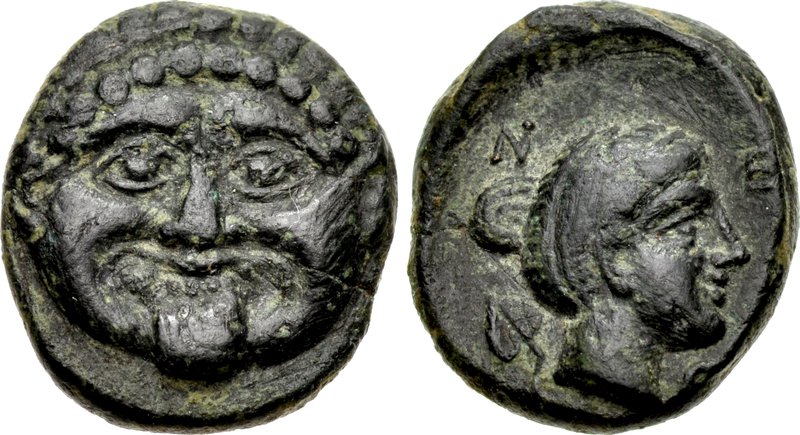
Macedon, Neapolis. ca 375-350 BC. Æ (11mm, 1.59g, 12h). Facing gorgoneion / Head of female right; ivy leaf behind neck. AMNG III/2, 17-9 var. (symbol on rev.); HGC 3.1, 591 var. (unlisted symbol). Rare variant with ivy leaf.
CNG Auc. 106 (9/2017), lot 137 - sold for $180 + commission.
Picture courtesy of CNG
Unpublished Type (worn condition)

Unpublished issue of Ketriporis, King of Thrace. ca 356-352 BC. AE Chalkous (11mm, 1.17g).
Savoca 13th Blue Auc. (11/2018), lot 206 - sold for EUR 800 + commission.
Picture courtesy of Savoca Coins